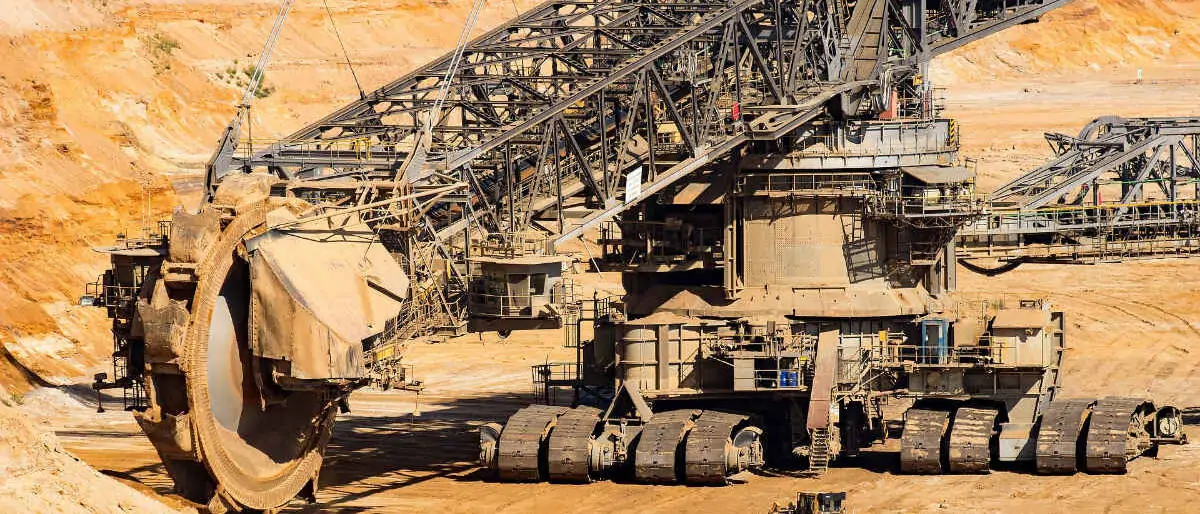The production cycle
In a broader sense, a production cycle is the production process that begins with the raw materials and ends with the finished product. In a narrower and primarily business context, the cycle describes the period of time that a product remains in the company or is processed from raw materials to completion – in other words, it involves a variety of production-relevant processes that take place within a period – from the start of production to the end of production.
A production cycle can be divided into two elements
- Processing phases: these include technical activities (e.g. processing within or by a machine), natural processes (e.g. ripening time for certain foods), testing activities, maintenance work, internal transport and storage.
- Intermittent phases: Intermittent phases include waiting times in warehouses, for example in connection with batch formation and with regard to the provision of the workplace (see set up time); these interruptions/breaks depend on the organization of the production process. Likewise, the pausing phases include those that depend on the organization of the working day, such as interruptions due to shift changes, breaks or non-working days (holidays).
Planning and control
The following documents, processes and methods are used to develop a production cycle:
- Bill of materials
- Directory of work steps/workflows
- Production orders
- Material and equipment orders
- Machine configuration
- Material requirements planning (MRP)
- Lean Manufacturing (see Lean Production)
- Master Production Schedule (MPS)
- Computer-aided production (CIM)
- Process management
- Quality management
- Activity-based costing
There are also perspectives that do not include physical, chemical or biological processes in the processing phases, but in the pausing phases. In the tanning time in leather production or the fermentation time of alcoholic beverages, these periods would therefore, as with any other type of storage, not be counted as processing phases but as interruption phases.
The structure of the production cycle or the production duration (duration of the production cycle) depends on technical and organizational factors. The two main components of the production cycle are the throughput time and the periodic breaks according to the respective working time regime of the production plant.
Jura magazine
Production cycle and cycle time
The cycle time is closely linked to the production cycle; it describes, so to speak, the production cycle of a single production line, i.e. the time in which an entire production program has been completed. Similar products are often manufactured on the same production line. When switching from one product to the next, setup times usually occur, which is why an optimal job sequence should be planned. The production cycle (of the asset) is complete when the entire production program has been executed once; the duration of this process is the cycle time or, to put it another way, the cycle time is the throughput time of a program consisting of several orders at a manufacturing asset.
Production cycle and lot size planning
If we understand a production cycle generally as the time taken by a company to manufacture a finished product from its stocks, then reducing this time span, especially in comparison with competitors, is an important indicator for determining economic efficiency. This indicator is calculated by multiplying the average inventory by the number of days in a year and then dividing it by the cost of goods sold; or dividing 360 days by the inventory turnover for the corresponding period. The ratio calculated in each case measures the efficiency of the production process. The faster a company can convert its inventories (see inventory management) into finished products, the more efficient the production process. Minimizing the production cycle is therefore a strategic goal for a company, as this shortens the storage times of inventories (see also inventory costs).
In series and variety production, therefore, lot size planning plays a crucial role in minimizing unit costs and period costs (see lot size). Two opposing cost trends (storage costs vs. setup costs) determine the optimal lot size. Put simply, the smaller the lots, the higher the setup costs and the lower the inventory. The larger the batches, the lower the setup costs and the higher the inventory. Particularly in the case of batch size planning, the weak points of a production cycle become apparent when time-consuming phases of interruption are identified.
In the context of an optimal production cycle, more and more buzzwords are playing a role, such as unmanned factories or swarm assembly.
Summary: production cycle
The time during which stocks (raw materials, materials, semi-finished and finished parts) remain in the production process, from the start of processing to the finished product, is referred to as the production cycle. It consists of processing and pausing phases and represents part of the production time. The most important factors in shortening the production cycle are the use of advanced process engineering methods and the automation of production processes. The production cycle can also be quantified in the form of key figures and thus serves to control or increase the efficiency of production in a company.
If you are interested in topics related to the concept of the production cycle, then please also read the articles Opportunity costs and Reducing throughput and delivery times.
